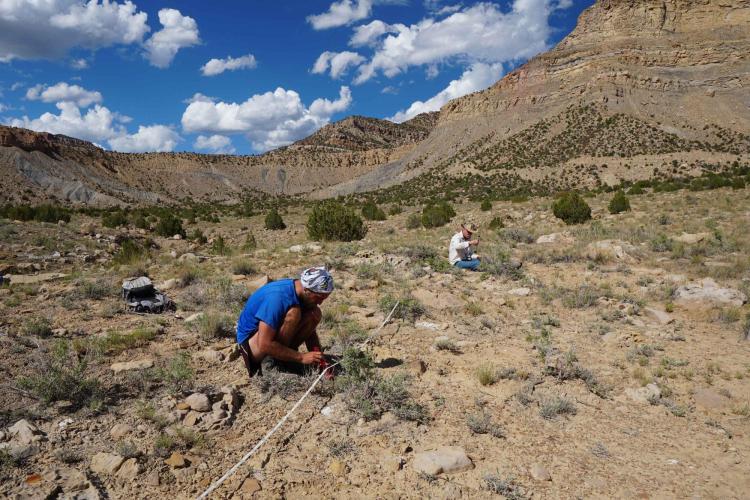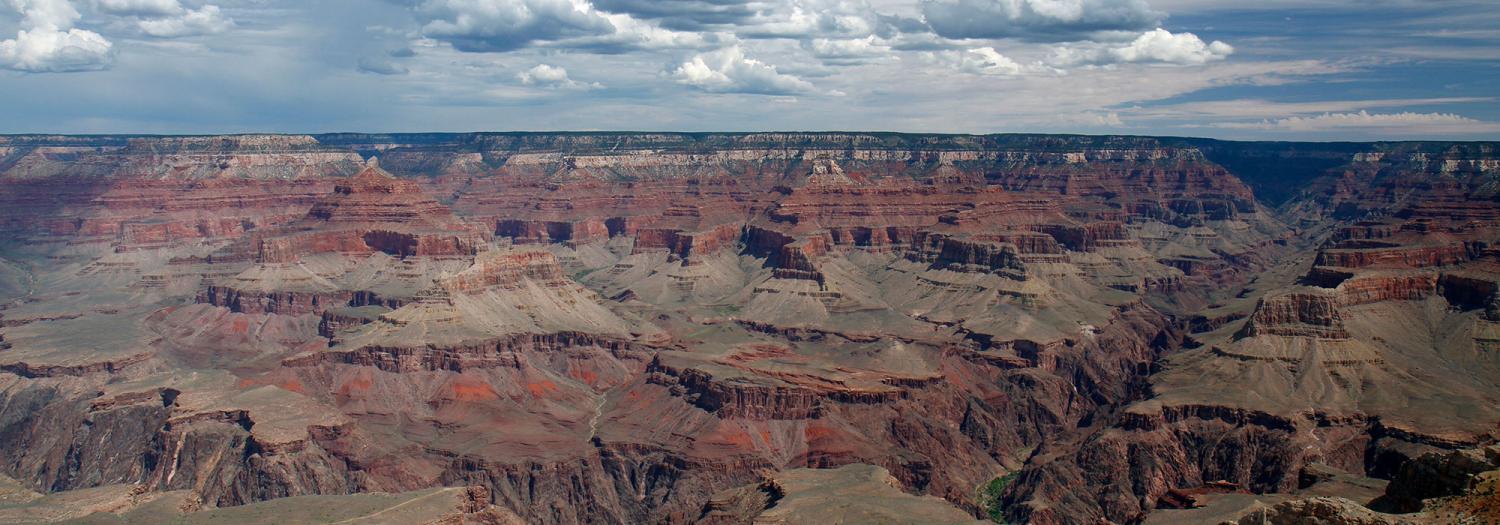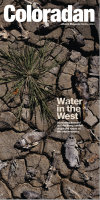 Glance at a photo of campus from the late 1800s, when only Old Main stood, and it may take a moment to orient yourself. Soon you’ll spot familiar landmarks: the Flatirons rising to the west, Boulder Creek flowing to the north.
Glance at a photo of campus from the late 1800s, when only Old Main stood, and it may take a moment to orient yourself. Soon you’ll spot familiar landmarks: the Flatirons rising to the west, Boulder Creek flowing to the north.
Far before the university’s earliest days, the natural landscape — and water, specifically — has played an important role across Colorado and the West.
More than wayfinding aids or scenic features, our rivers, reservoirs and rainclouds have defined the direction and pace of economic development, supported the agricultural needs of the nation and provided fertile ground for collaboration and conflict.
Today, water — or the absence of it — continues to be a defining factor for communities across the West. And now, CU Boulder faculty, staff and students are lending their expertise to help communities make smart, data-informed decisions about this precious and often imperiled natural resource.
In CU’s environmental journalism program, students and alumni are exploring how declining water supplies and climate change will impact our lives and livelihoods in the years to come.
Across engineering and the sciences, researchers are examining how water quality is impacted by oil and gas or mining operations, wildfires and other natural and human activities.
For 20 years, the Western Water Assessment team within CU Boulder’s Cooperative Institute for Research in Environmental Sciences (CIRES) has partnered with researchers from multiple disciplines in Colorado, Wyoming and Utah to conduct innovative water research and make the findings more accessible to decision-makers across the region. The work directly aids communities seeking greater resilience in the face of climate change.
And for the last several years, instructors from CIRES also have taught a free online course through Coursera that allows students worldwide to examine scientific, legal and cultural issues around water using the Colorado River Basin as a case study. More than 3,000 people are currently enrolled.
Those are just a few examples of how members of the CU Boulder community are helping to address the West’s toughest questions related to water needs, bringing creativity, courage and commitment to bear as we seek to positively impact humanity.
In the face of climate change, these matters become more consequential. And it becomes even more essential that we bring diverse voices and perspectives into the conversation that have been neglected or ignored.
Too often, discussions on water in the West can leave us feeling concerned, distrustful or apprehensive.
But when I consider how CU Boulder’s faculty, students and staff are becoming part of the solutions, I find myself once again with reason to hope — and that’s a river that will never run dry.




